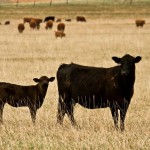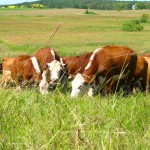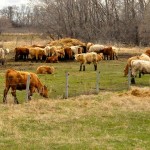Since the first horse was detected with West Nile virus (WNV) in Canada in 2002 the prevalence of the disease has cycled annually through peaks and troughs. The initial peak prevalence occurred in 2003 following its introduction. In the following years much fewer cases were reported until 2007 when the incidence of the disease spiked









